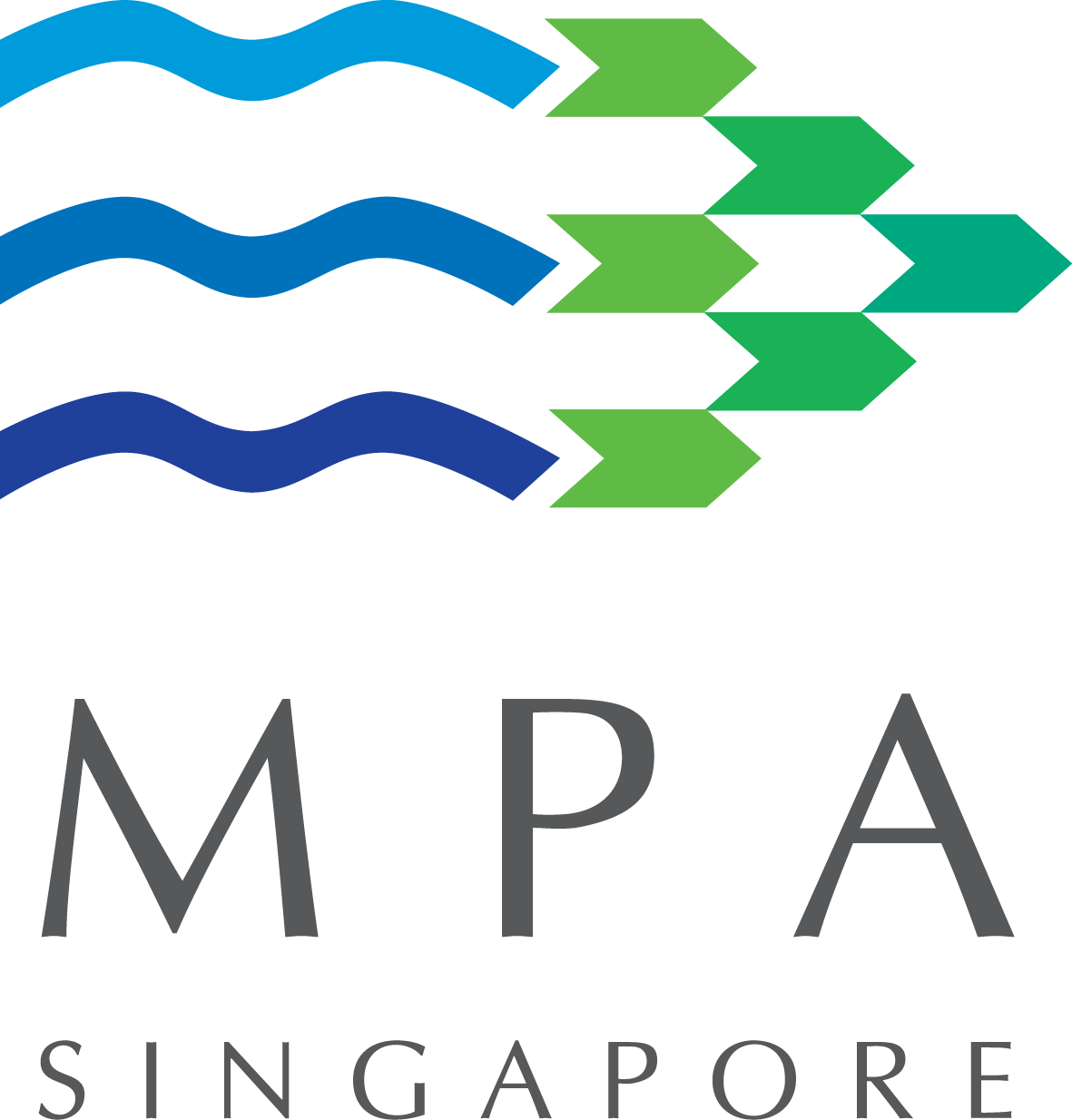In-house Pilot Scheme
This scheme for in-house pilots is to enable terminal operators to employ in-house pilots to berth and un-berth vessels at their own terminals.
The scheme for in-house pilots allows Singapore oil terminal operators the convenience of conducting vessel movements at short notice. This enables flexibility in the planning of ship movements and maximising manpower & logistics resources, such as tugs and mooring gangs.
In-house pilots at each oil terminal will be licensed to conduct vessels starting or ending at the terminal, the approaches to the terminal, nearby anchorages and the nearest boarding and disembarkation ground. The area of coverage will be provided by the Maritime and Port Authority of Singapore (MPA).
It is necessary to restrict the movement of vessels to the area of coverage specified by the MPA,due to the limited coverage under the Special Training Scheme. The movement schedule does not cover the other terminals as the objective of this scheme is to cater for the movement of vessels at the dedicated terminal.
Oil terminal operators will be required to enter into an agreement with the MPA. The conditions for the approval of in-house pilots are stated in the agreement. Upon signing the agreement, the operator must submit an application for licensing of its in-house pilot by the MPA.
The pilot licence is valid for one year and is renewable subject to the pilot being medically fit and passing the eye-sight test and showing satisfactory performance.
Eligibility
- Former pilots with the Port Authority of Singapore (PSA) (who last held a Class A1 licence).
- New entrants with pilotage experience (ie. ex-PSA pilots holding Class A licence who have left service more than three years ago and foreign pilots with COC 1).
General requirements
- Certificate of Competency Class 2 (local applicants). Ex-PSA pilots are exempt from this requirement.
- Certificate of Competency Class 1 (foreign applicants).
- Be medically fit and pass the eye-sight test (STCW convention).
- Must be employed by the oil terminal operator.
Specific requirements
For ex-PSA pilots who have left the service within 12 months
must attend a familiarisation programme in order to be re-licensed as an ‘in-house pilot’. Those previously holding a Class A1 licence and have left the service within 12 months will be required to observe 24 moves at the terminal as follows:
- Berthing during flood stream - 2 moves
- Berthing during ebb stream - 2 moves
- Un-berthing during flood stream -1 move
- Un-berthing during ebb stream - 1 move
Note: At least 50% of the above moves are to involve vessels of not less than 75% of the maximum size of vessels calling at the terminal and 50% of the moves should be observed during hours of darkness.
Undergo a practical assessment by an MPA officer.
Pass an interview by the Pilotage Committee.
After successful completion, they will be issued with a (restricted) Class A1 licence. The area of coverage will be restricted to the working area.
For ex-PSA pilots who have left the service for 1 to 3 years
Ex-PSA pilots must attend a familiarisation programme in order to be re-licensed as an ‘in-house pilot’. Those who previously holding a Class A1 licence and have left the service between one year and 3 years will be required to observe 24 movements at the terminal as follows:
- Berthing during flood stream - 6 moves
- Berthing during ebb stream - 6 moves
- Un-berthing during flood stream - 6 moves
- Un-berthing during ebb stream - 6 moves
Note: At least 50% of the above moves are to involve vessels of not less than 75% of the maximum size of vessels calling at the terminal and 50% of the moves should be observed during hours of darkness.
Undergo a practical assessment by an MPA officer.
Pass an interview by the Pilotage Committee. After successful completion they will be issued with a (restricted) Class A1 licence. The area of coverage will be restricted to the working area.
